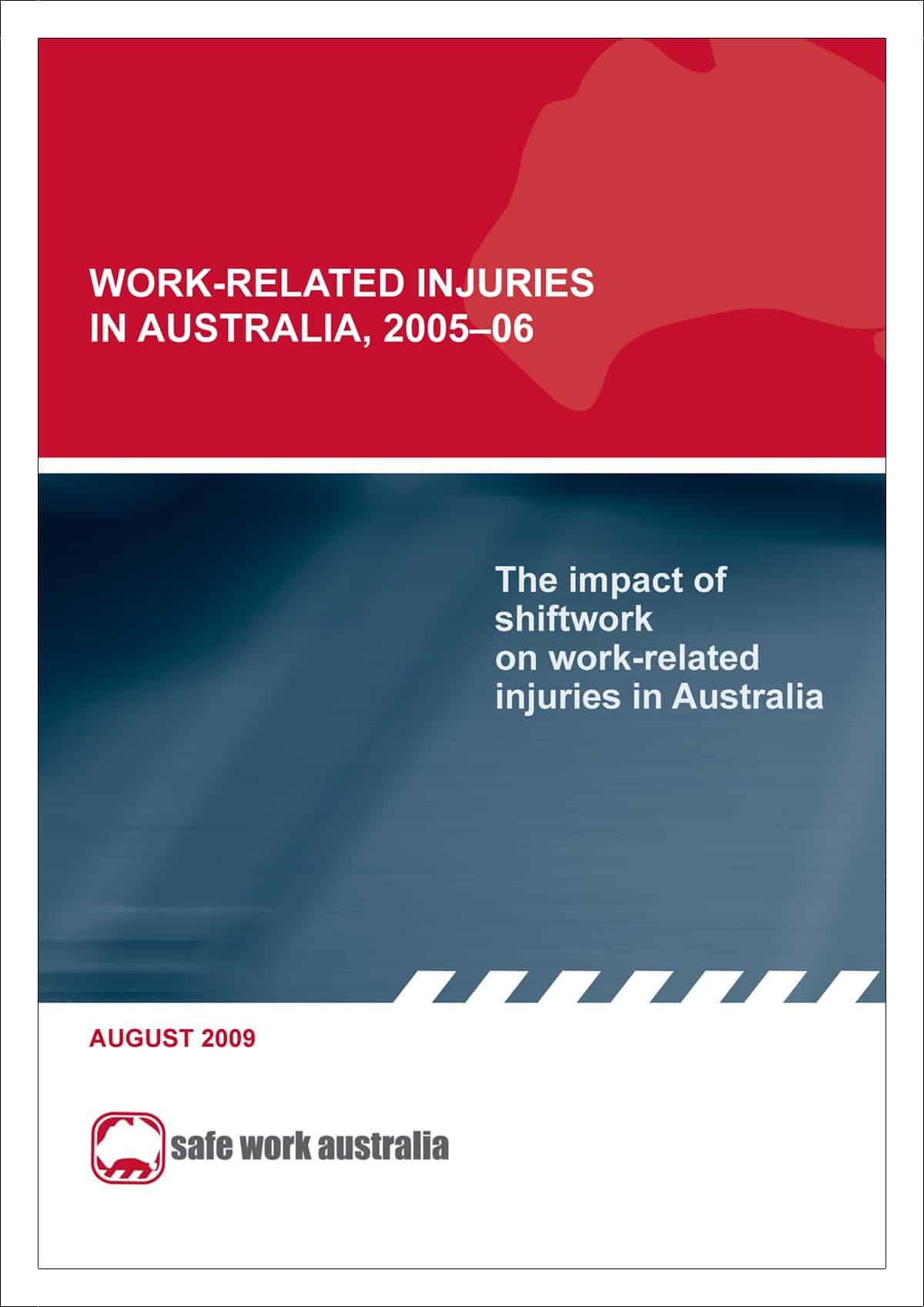Meditation is not on the regular agenda at SafetyAtWorkBlog. If there was time to meditate, the time would probably be spent losing weight in the gym but there is fascinating research that provides some evidence of meditation’s benefit in reducing work-related stress.
At the Safety Conference in Sydney at the end of October 2009, Dr Ramesh Manocha of Sydney’s Royal Hospital for Women will release research that
“found that after eight weeks of mental silence meditation training called sahaja yoga, occupational stress scores improved [decreased?] 26 per cent. A non-mental silence relaxation program reaped a 13 per cent gain, while a waiting list control group lifted just 1 per cent.”
The language sounds slightly “new-age” but what makes the difference in this circumstance is that the initial research was undertaken with three groups mentioned above and, importantly, with a control group.
Below is a TV interview with Dr Manocha on the first stage of research.
When looking at workplace stress, people reduce stressors but Dr Manocha says this often requires impossible organisation restructuring due to internal political pressures. These techniques can be applied on a personal level that employees can take with them through their various life-stages.
Dr Manocha then applied the meditation training in real corporate situations. According to a media release provided in the lead-up to the conference:
“In a later field trial of mental silence meditation by 520 doctors and lawyers, more than half of the participants whose psychological state (K10) scores indicated they were “at risk” were reclassified as “low risk” after two weeks of meditation.”
It’s the application of this meditation in the workplace context that gained the attention of SafetyAtWorkBlog and what will be presented at the conference. The gentle skepticism evident in the TV interview above is understandable but in a time when safety professionals demand evidence, we must look seriously at evidence when it is presented.
More information on The Safety Conference is available HERE.




